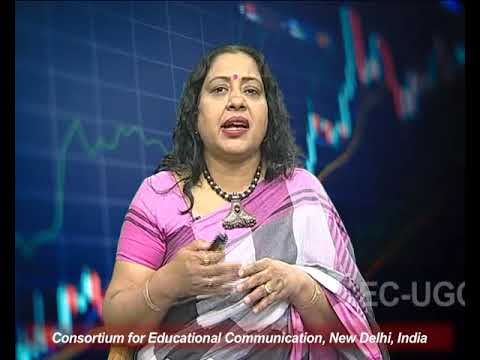Description:
Explore a comprehensive economics course covering micro and macroeconomic principles, mathematical methods, and Indian economic policies. Delve into topics such as demand and supply, monetary and fiscal policies, business cycles, and international trade. Learn about utility analysis, indifference curves, competitive markets, and oligopoly. Study the Indian economy, including agricultural policies, industrial growth, and financial planning. Examine economic growth and development theories, including Gandhian perspectives. Master mathematical concepts crucial for economic analysis, such as functions, limits, and exponential equations. Gain insights into research methods and statistical applications in economics. Analyze financial statements and explore the relationship between the world economy and India.

Economics
Add to list
#Social Sciences
#Economics
#Macroeconomics
#Microeconomics
#Monetary Policy
#Fiscal Policy
#Indian Economy
#International Trade